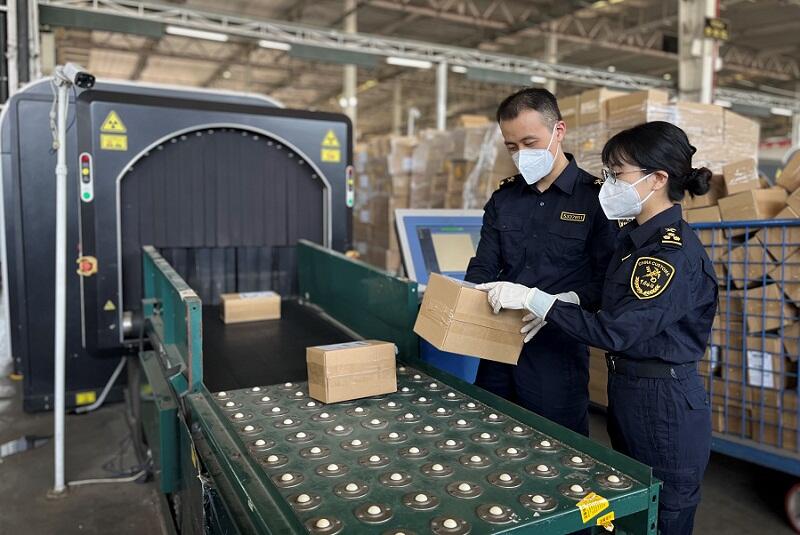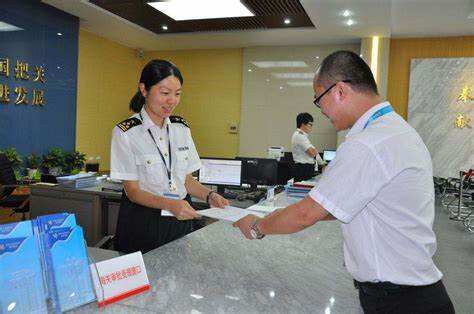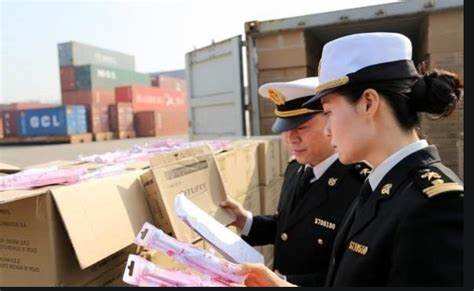transit customs clearance
Transit customs clearance is a sophisticated process that facilitates the movement of goods through different customs territories without requiring immediate payment of duties or taxes. This essential service enables merchandise to travel from one point to another under customs control, ensuring seamless international trade operations. The system incorporates advanced digital documentation processing, real-time tracking capabilities, and automated risk assessment protocols. Modern transit customs clearance utilizes electronic data interchange (EDI) systems to streamline documentation, reducing processing times and minimizing errors. It encompasses various procedures including declaration submission, security deposit management, and route planning. The technology behind transit customs clearance includes integrated software solutions that connect multiple stakeholders, from customs authorities to freight forwarders and traders. This system supports various transport modes, including road, rail, air, and sea, providing flexibility in logistics planning. Security features such as electronic seals and GPS tracking ensure cargo integrity throughout the journey. The application of transit customs clearance extends to various scenarios, from single-country transit operations to complex multi-national movements, making it an indispensable tool in global supply chain management.


